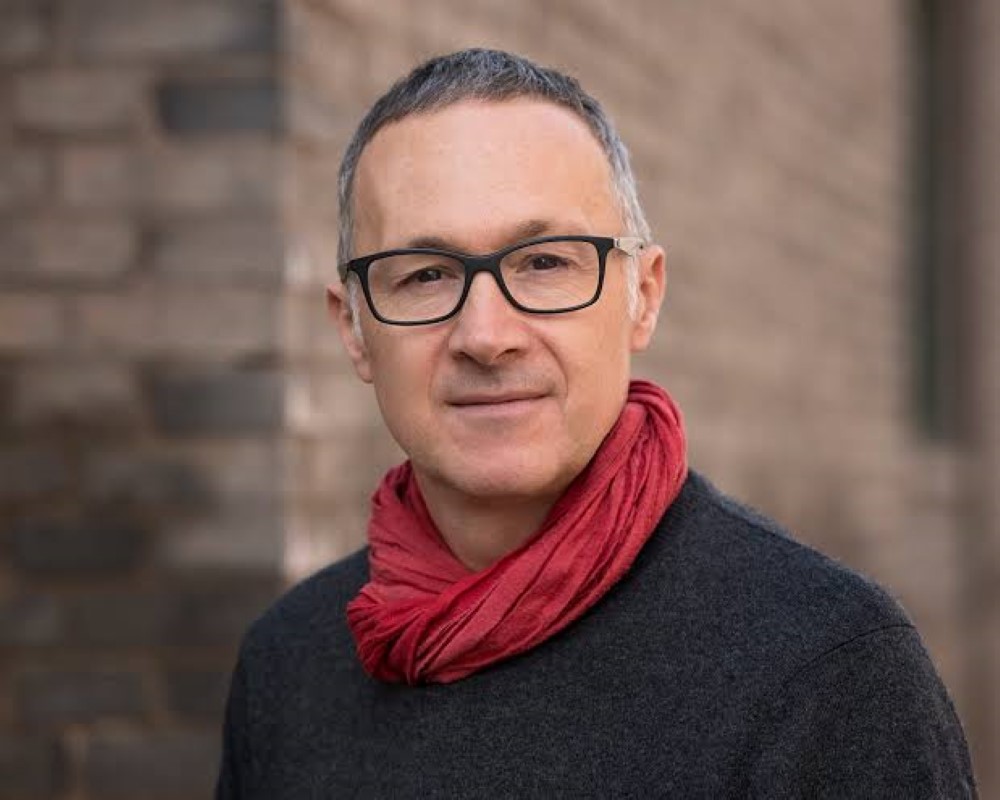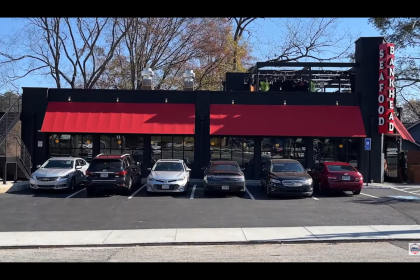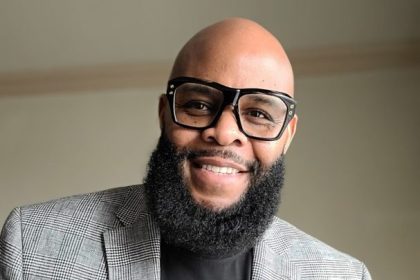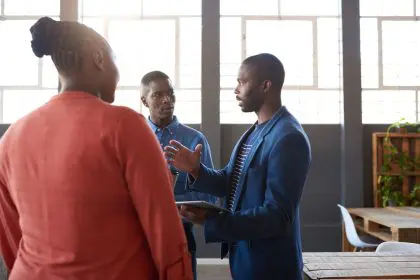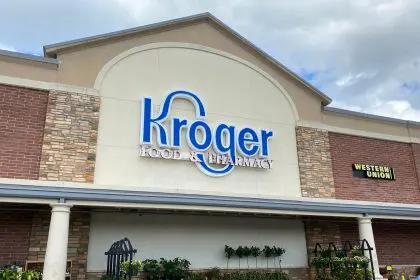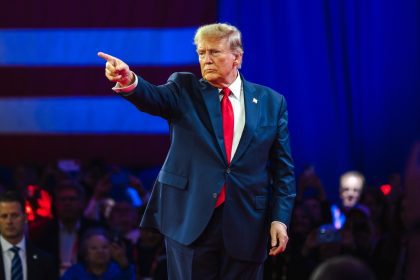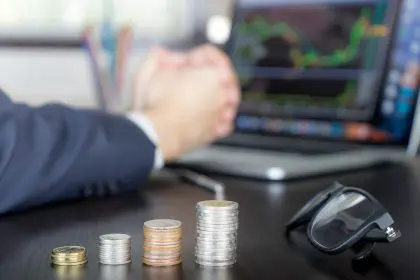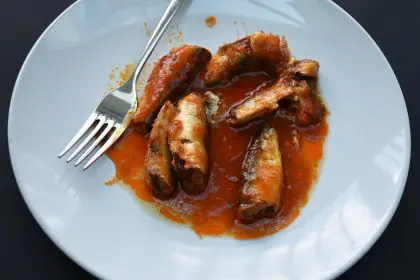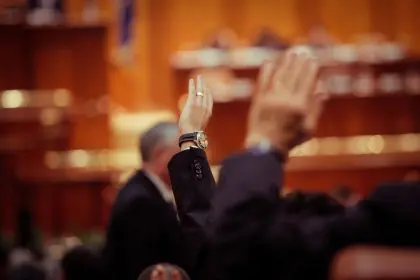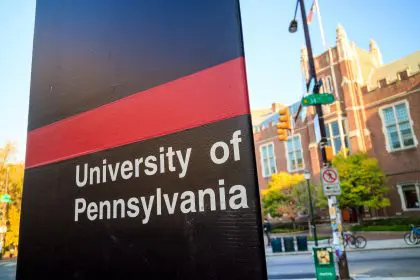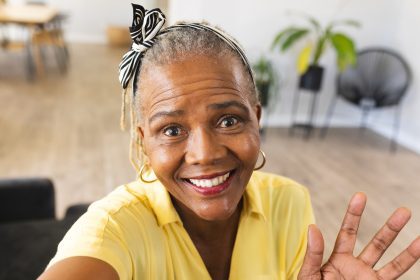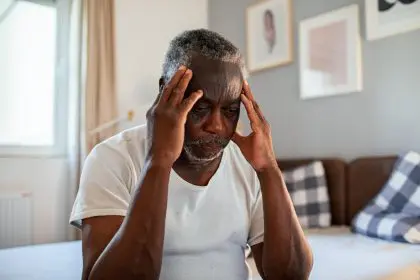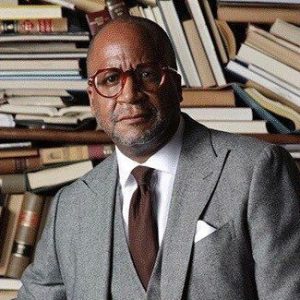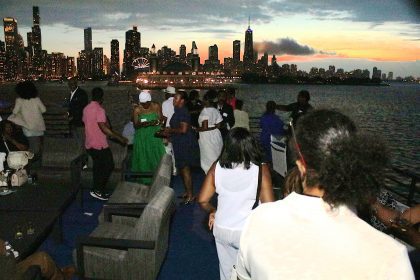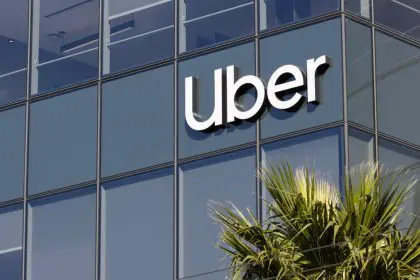When Marcus Lyon decided to cross the Atlantic Ocean to participate in a 1,600-mile cycling journey across America, he understood that his presence would carry symbolic weight far beyond the physical demands of the ride. The British artist and social entrepreneur had committed to the Ride for Equity, a grueling trek from Tulsa to New York that traces a path through America’s complex racial history while advocating for economic justice. As the only international participant among six riders, Lyon’s journey represents both personal conviction and a broader statement about the global nature of racial equity work.
Lyon’s involvement in the ride stems from his role as a member of Black Leaders Detroit’s Ally Council, where he works to advance the organization’s mission of creating capital access for entrepreneurs of African descent. His position on the council reflects a growing recognition within social justice movements that meaningful change requires diverse coalitions spanning geographic and cultural boundaries. Through his work with BLD, Lyon has helped bridge international perspectives with domestic advocacy, bringing a unique lens to discussions about entrepreneurship and systemic barriers.
The decision to travel from Europe to participate in the Ride for Equity underscores Lyon’s commitment to turning artistic expression into social action. His participation challenges traditional notions of who can be an ally in American racial justice movements while demonstrating that the fight for equity transcends national borders. As the six riders prepare to traverse the American landscape, Lyon’s presence serves as a reminder that the struggle for economic justice and racial equality is both deeply local and fundamentally universal.
Where were you when you heard about this project?
I’ve had a close association with Detroit for seven, eight years now, having done a huge social impact art project on the city called “I, Detroit: A Human Atlas of an American City.” And during that time I worked alongside Dwan Dandridge, who is now the founder and CEO of Black Leaders Detroit, and when he set up the organization he invited me to be part of his Ally Council.
I sit on the Black Leaders Detroit Ally Council, and late last year Dwan told us that he was hoping to do a ride for equity from the site of the Tulsa massacre in Oklahoma to Wall Street during the summer months of 2025, and the minute he announced it on the Black Leaders Detroit Ally Council meeting, I was like, “Oh, now that sounds interesting. That sounds like a proper challenge.” So I indicated my interest, and here I am now on the ride for equity between Tulsa and New York.
Why did you choose this challenge, and what happens with the funds you’re raising?
That’s a really amazing question. I think in many ways for me—I don’t know if others would align—but I actually think, it’s the narrative piece of this that is the most powerful, the narrative piece, the power to inspire this idea of riding together for equity from the site of the Black Wall Street massacre in Tulsa to what I call White Wall Street in New York. And it’s this idea of bringing people together to go on a journey to create impact and instigate significant change.
Now, within that narrative are fundraising streams for Black Leaders of Detroit, bringing capital back into the center so they can distribute it to worthy Black entrepreneurs in Detroit and beyond. There’s also the bringing in new voices and new people into the mix through the work we do as we arrive in certain cities. So each city, major city we arrive, we have a “Speak for Yourself” session, where we bring community leaders together to convene and discuss the major issues of our time.
What did it feel like being in Tulsa and knowing you’re part of this social change?
I think, as a white man from rural Britain, I feel like I’m an important ally. It’s very important for me to be an ally, but I’m definitely a bit part player. I’m on the edge of this group. And I think that’s important. I think this is not a story about me. This is very much a story about your community and the communities in Tulsa and beyond, and I think it was a real privilege to be in Tulsa for the opening.
There was an amazing ride out from Tulsa on May 31st where I think at least 250 other riders from different communities joined us and rode us out of the city. That felt very powerful, but it also aligned with the recently appointed first-ever Black mayor of Tulsa, announcing that he has put together a $105 million reparations package for the people who were related and associated with the original massacre back in 1921.
A really significant piece of history being made there, and for us to be there to witness it, to be part of a group of people who perhaps inspired an extra focus on this really dark chapter in American history feels extraordinary, and a great privilege, a real honor to be part of that, even as a bit part player.
What do you think will happen with these funds, and how will they transform the entrepreneurs who receive them?
The reality is, having spent the best part of four or five years coming in and out of Detroit, seeing the realities of the city, 84% Black city, huge square mileage, I think—what is it?—139 square miles.
Seeing the amazing transformation of what I think many of you call the 7.2 square miles of midtown downtown, and the wings that go out across the river and to Corktown and further east, and understanding the fact that, that transformation, which is so much the story so many people tell, is not the full story by any stretch of the imagination.
That if we don’t build resilient communities outside the 7.2, if we don’t create social change within the neighborhoods of Detroit, then really, the project is a sticking plaster.
Knowing that fact, understanding what Dwan and his team at Black Leaders Detroit are doing to give access to capital, to entrepreneurs who work outside that bubble of finance that funds those new communities in the 7.2.
If the money from Black Leaders Detroit goes to the neighborhoods, and then people in the neighborhoods build restaurants and bakeries and do property development and build manufacturing businesses that change the dynamics in the neighborhoods, then we’ll have instigated proper change, and Detroit will be on a path to recovery.
But without that, without the finance to the Black communities of the neighborhoods of Detroit, I just don’t see it happening. I don’t see it happening, and I think what Dwan is doing is an incredible blueprint of how to get finance to communities that have always fought to get any say at the table. I think it’s brilliant. I love it, and perhaps putting my businessman’s hat on. I mean, I’m actually a career artist.
Obviously as an artist, you run a business to see that the funds we raise have a 98.6% return. That means that every single dollar we give to those communities that they build businesses and community gets returned—98.6 cents in the dollar comes back to Dwan to distribute again. So what you’re talking about is impact over generations, impact that just keeps on rolling. And that’s a beautiful thing, Munson. That’s a really beautiful thing, because it means the success of one becomes the success of all.
How does riding together create allyship and conversations that many might not have?
Dwan and I have an amazing origin story, because he was one of fifty community leaders who was called to meet me when I was proposing and seeking permission to do the “I Detroit” project in the city. All the people that feature in my human atlas projects are nominated by the communities. I’m not like a journalist who comes into a place and has already decided the story, and then goes looking for the people who back up my story.
I come, I ask permission, I seek permission, and then I get that community to nominate people who I then feature in the works, in the books and the exhibitions and the podcasts. Dwan was in that meeting, and he asked the most difficult questions. He really grilled me. “Why you—why as a white man from rural Britain—think he’s got any right to come and tell our story?” That was his exact question, and I was like, “Whoa, wait a minute. This is a tough one.”
Anyway, I passed the test, I think, because he came up to me after the meeting, and we were just all, having that little chat after a meeting, and he came up and gave me a big hug, and he said, “You know what? I’m in, whatever you need from me, I’m there.” So I mean, Dwan was an ally in my life from, almost a generation ago, so it’s easy to stand by him because he stood by me.
But in terms of the question of the ride, we ride side by side. We’re going through rural Illinois just recently, rural Missouri. But we come across big highways and big roads. We have to keep each other safe. We have to check in on each other when somebody’s getting tired. We need to ride together and move together. There’s some beautiful metaphors about taking the road less traveled together as a team, building connection.
As we ride, inspired by what we see and the people we meet along the way. I mean, it’s a beautiful process of seriously challenging yourself physically. But over the long term, when you’re riding six days a week, 60, 70, 80 miles a day, it becomes a mental challenge. The physical bit… we’ve probably got our legs under us now. We’ve done about 14 days riding. I think we’ve just crossed the 700-mile mark.
I wouldn’t say I’m not hurting physically, but I think I’ve got the legs to get to New York. So it now becomes a mental challenge. It becomes a mental challenge of staying together, building that alliance even stronger each day to encourage us to move on to the next level. It’s fabulous, but definitely, it’s a big journey. It’s a long way, 1,700 miles is a long way.
What would be your hope for Wall Street to understand about this new methodology?
It’s certainly the model of providing well thought out zero interest finance to communities that have traditionally had very poor access to finance is not a revolution. We’ve seen it initially in Bangladesh, probably before that in other places, but in Bangladesh, with Muhammad Yunus and the Grameen Bank. We’ve seen it with Hebrew Free Loan in the Jewish community.
They provide access to capital to young Jewish entrepreneurs. So it’s not a revolution in itself. But I think my message would be: There are folk out there who have, despite the systemic inequities and racism of the systems that we live under right now, have built successful businesses. Give these people the opportunity, and you will see thriving communities. This is just a massive win-win, 98.6% return.
Who gets that? And on top of that, solving problems by teaching a man to fish. What’s not to like about that? Don’t give a man a fish, teach him to fish, and then he’s going to fish every day of the week. He’s going to feed his family. He’s going to feed his community. So I mean, I just see the message very much, Munson, as this is a massive opportunity, let’s align.
There’s plenty of finance out there. There are plenty of rich people. There’s plenty of money available to fund these sorts of things. We just need to get organized. We need to get focused. And we need to realize that actually, it’s in the interest of all our society, not just the 1% rich people who seem to, soak up so much of the energy and so much of the attention. This is our chance to give communities of color opportunities to stand up for themselves and create intergenerational wealth.
If you had two minutes to tell the world why the ride for equity is important, what would you say?
The ride for equity is key in our time, because we live at a moment when those that rule over us are trying to utilize wedge issues, to divide us, control us, and thus control the agenda and the spoils of our society. So, the ride for equity is key to demonstrate that together we are stronger. Together, we can create significant change. It’s as simple as that.
We need to stand together as brothers and sisters to make a future that is worthy for our children and our great grandchildren, and, as I always say, I’m the oddest, Detroit convert you’ll probably meet. I mean, I’m literally a country boy from rural Britain. I lived in tiny villages of 200 people or more in the middle of nowhere, farm country, and I’ve come to this big, bad, amazing motor city of yours.
I came as another, and I left as a brother. It’s a lovely personal story, and I mean to say that Detroit changed my life is an understatement. It’s been the gift that keeps giving.
Favorite Motown song?
“Reach Out, I’ll Be There” by the Four Tops.
Favorite Motown artist?
Charles McGee.
If you had to say why you should come to Detroit and invest, what would you say?
Detroit, as Jessica Care Moore says, is an up North, down South town, an up North, down South city. It’s so full of that amazing hospitality that comes from Southern Black culture. There’s many other aspects to it too, so you can stress that. But you can’t overstress it, because there are amazing other communities from other places in Hamtramck, in Dearborn that have very different cultural origins.
But the reality is that the 84% Black community of Detroit it’s a gritty place. You arrive, and they’ll test you. They’ll push you. They’ll question your reasons for being there, but once they’ve realized that you’re their ally, they’re in it forever. Nobody’s going to let you go. They’ll just stick with you. So it’s a place that if you invest and you put time—which I have, serious amounts of time and love and sweat and effort, it pays back again and again. It’s a remarkable city. It’s definitely got its challenges. But it’s an absolutely beautiful place to invest.
Video interview with jessica CARE moore coming soon. Check back shortly to watch this exclusive conversation.

